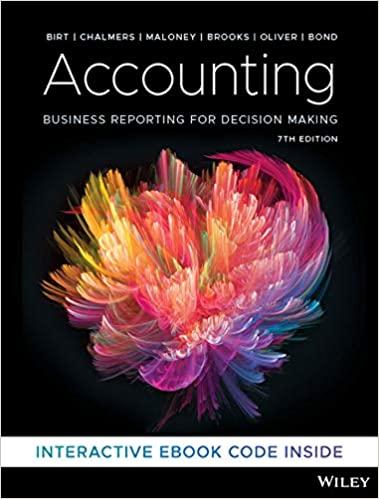Answered step by step
Verified Expert Solution
Question
1 Approved Answer
1. Consider the a version of the NMG in which the preferences of the rep- resentative agent (RA) satisfy u(q) = log and the intertemporal


1. Consider the a version of the NMG in which the preferences of the rep- resentative agent (RA) satisfy u(q) = log and the intertemporal discount rate is 3 (0,1). The technology available for firms is F(K 1.) = k1 with a (0.1). Since the RA does not value leisure then we already know that L-t = 1 for all t. Hence we have that F(K4, 1) = }(kx) =(where ke = K/L). Capital satisfies the following law of motion: ket1 = ir (so that we are assuming that 8 = 1). There is an initial endowment of capital. ko. 1.1 Write formally the problem of the RA, formulate it in terms of a conve- nient Lagrangian and characterize its solution by means of the corresponding FOC. 1.2 Formulate the problem of the competitive firm. formulate it in terms of a convenient Lagrangian anul elmrelerix it sululiu ly chess of the corresponding FOC. 1.3 Introduce a notion of Competitive Equilibrium in sequence form. Extend the previous notion to steady state equilibria, i.e, the equilibrium such that all variables and prices remain constant over time. 1.4 Determine the steady state, that is, determine the stationary quantities and prices as functions of the parameters of the model. 2.1 Write the planner's problem associated to the previous economic envi- ronment, and characterize the efficient allocation (by means of the corre- sponding FOCs). 2.2 Argue that if we take ket1 = a Bk, then the FOC are satisfied, hence we have the solution to the planner's problem. 2.3 Given the above results, describe the transitional dynamics from below in the competitive equilibrium for {ke+1/kr}, {4+1/4}, and {re, w}. Are these sequences monotone, increasing, decreasing..? 1 1. Consider the a version of the NMG in which the preferences of the rep- resentative agent (RA) satisfy u(q) = log and the intertemporal discount rate is 3 (0,1). The technology available for firms is F(K 1.) = k1 with a (0.1). Since the RA does not value leisure then we already know that L-t = 1 for all t. Hence we have that F(K4, 1) = }(kx) =(where ke = K/L). Capital satisfies the following law of motion: ket1 = ir (so that we are assuming that 8 = 1). There is an initial endowment of capital. ko. 1.1 Write formally the problem of the RA, formulate it in terms of a conve- nient Lagrangian and characterize its solution by means of the corresponding FOC. 1.2 Formulate the problem of the competitive firm. formulate it in terms of a convenient Lagrangian anul elmrelerix it sululiu ly chess of the corresponding FOC. 1.3 Introduce a notion of Competitive Equilibrium in sequence form. Extend the previous notion to steady state equilibria, i.e, the equilibrium such that all variables and prices remain constant over time. 1.4 Determine the steady state, that is, determine the stationary quantities and prices as functions of the parameters of the model. 2.1 Write the planner's problem associated to the previous economic envi- ronment, and characterize the efficient allocation (by means of the corre- sponding FOCs). 2.2 Argue that if we take ket1 = a Bk, then the FOC are satisfied, hence we have the solution to the planner's problem. 2.3 Given the above results, describe the transitional dynamics from below in the competitive equilibrium for {ke+1/kr}, {4+1/4}, and {re, w}. Are these sequences monotone, increasing, decreasing..? 1
Step by Step Solution
There are 3 Steps involved in it
Step: 1

Get Instant Access to Expert-Tailored Solutions
See step-by-step solutions with expert insights and AI powered tools for academic success
Step: 2

Step: 3

Ace Your Homework with AI
Get the answers you need in no time with our AI-driven, step-by-step assistance
Get Started


